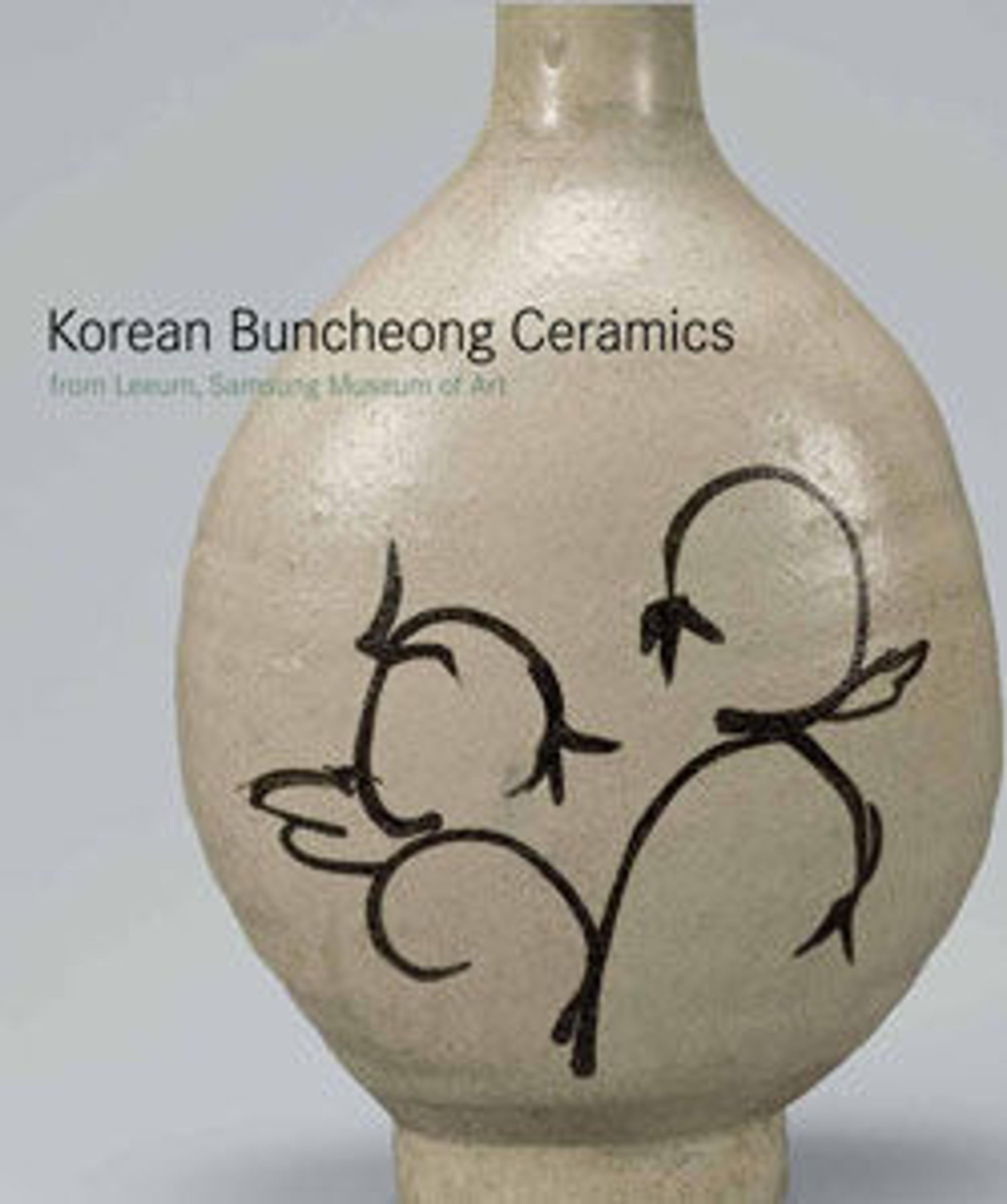Gohon (Korean-Style) Tea Bowl with Cranes
The design on this vessel can be traced back to the ubiquitous cranes of Goryeo celadon, which have been filtered here through an Edo-period Japanese sensibility. Rokubei's tea bowl is, in fact, a copy of a late seventeenth century Busan-kiln product (export ware made in Korea according to Japanese specifications), and the model he reprised was itself a nod to earlier prototypes (Goryeo period celadon and fifteenth- and sixteenth-century revivalist celadon exported to Japan). The Kyoto master affirmed his place in this prestigious lineage by literally leaving his mark: his seal is stamped near the base.
Artwork Details
- 清水六兵衛作 御本写立鶴文茶碗
- Title: Gohon (Korean-Style) Tea Bowl with Cranes
- Artist: Kiyomizu Rokubei I (Japanese, 1737–1799)
- Period: Edo period (1615–1868)
- Date: second half of the 18th century
- Culture: Japan
- Medium: Stoneware with white-slip inlay, underglaze iron, and red and white slip under transparent glaze (Kyoto ware, Kiyomizu type)
- Dimensions: H. 3 3/4 in. (9.5 cm); Diam. of rim 3 7/8 in. (9.8 cm); Diam. of foot 2 1/4 in. (5.7 cm)
- Classification: Ceramics
- Credit Line: The Howard Mansfield Collection, Gift of Howard Mansfield, 1936
- Object Number: 36.120.518
- Curatorial Department: Asian Art
More Artwork
Research Resources
The Met provides unparalleled resources for research and welcomes an international community of students and scholars. The Met's Open Access API is where creators and researchers can connect to the The Met collection. Open Access data and public domain images are available for unrestricted commercial and noncommercial use without permission or fee.
To request images under copyright and other restrictions, please use this Image Request form.
Feedback
We continue to research and examine historical and cultural context for objects in The Met collection. If you have comments or questions about this object record, please complete and submit this form. The Museum looks forward to receiving your comments.
